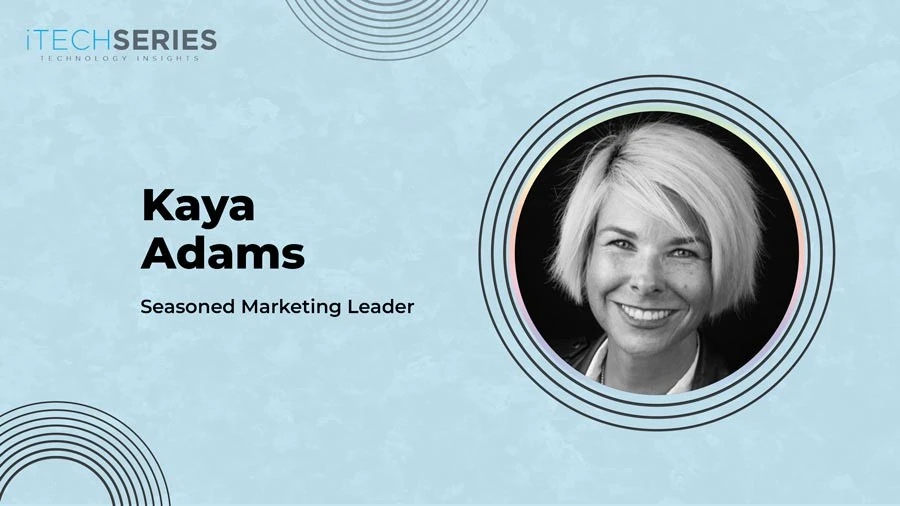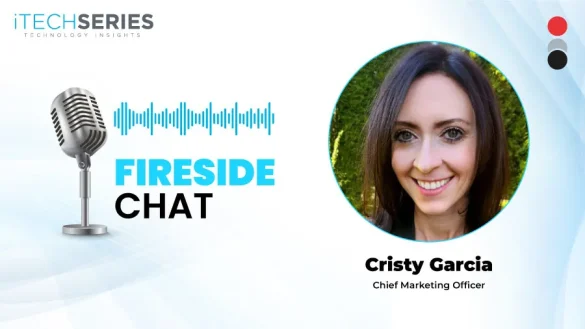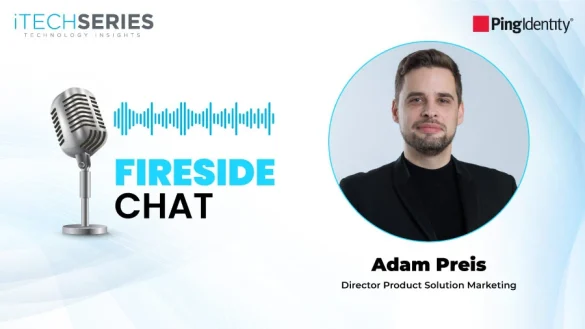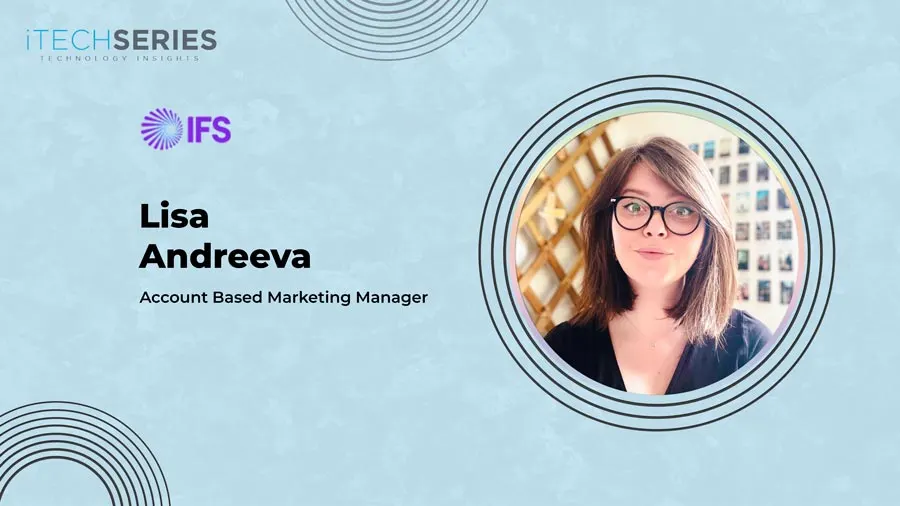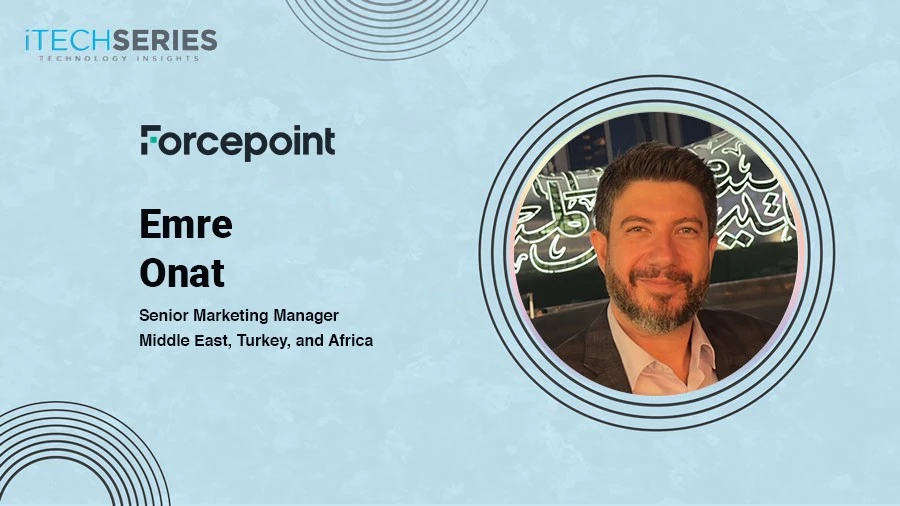Kaya Adams, a Seasoned Marketing Leader, shares her journey from sales to leading global demand generation, marketing operations, and sales enablement teams. She dives into balancing data and creativity, driving sales-marketing alignment, leveraging technology for ABM, and building high-performing, revenue-focused marketing cultures.
Welcome to the interview series, Kaya. Could you tell us more about yourself and your journey?
I’ve spent my entire career in sales and marketing. I majored in Marketing but started my career in sales, building books of business and outbounding. I quickly moved to agencies where I spent about 10 years. Agencies are a great training ground for young marketers: you get exposure to a wide range of clients and projects, and you quickly learn how to collaborate with stakeholders and deliver results.
In more recent years, I transitioned to in-house roles at B2B companies. I started at Avalara, leading internal database marketing, ABM, and direct mail efforts. Most recently, I served as VP of Revenue Marketing at WatchGuard, where over the past four years, I built and scaled the global demand generation engine. I also launched and led the BDR function, evolved the marketing ops team, created efficiencies in field marketing, and developed sales enablement strategies and tools that supported revenue growth across global markets.
How do you strike the right balance between creativity and data-driven decisions when planning and executing revenue marketing campaigns?
I definitely lean more toward the data side, but I believe balance is key. You have to start by understanding the problem you’re trying to solve, then determine whether it’s best led by data or by creative. In most cases, you’ll need both, but one should take the lead based on the objective.
It’s important to bring both creative and analytical minds into the room early. You’d be surprised how often people cross over and contribute in unexpected ways. When building always-on programs, I typically start with data and foundational marketing docs to define the audience and goals. From there, it’s about finding creative ways to reach and engage them.
For more specific, time-bound initiatives, I like to start with an open creative brainstorm. If we know who we’re targeting and when, it’s powerful to explore every possible idea before narrowing in on the best approach.
Demand generation has been a core focus of your work—beyond lead volume, what key metrics do you rely on to truly track its effectiveness and impact on the revenue pipeline?
I firmly believe in shared accountability between sales and marketing, which means shared metrics. Marketing should be held accountable for pipeline, opportunities, deals, and bookings, not just leads. Marketers need to feel responsible for driving real business outcomes.
I’ve always struggled with the traditional focus on leads. What matters more is understanding your ICP and TAM/SAM, then targeting the right accounts from problem-unaware through to customer expansion. Leads only matter when they represent the right people from the right companies taking meaningful action.
Attribution is tricky; first-touch, last-touch, and multi-touch are not perfect. But no matter your model, it’s critical to measure all the way through to opps, deals, and bookings. Some channels may drive high engagement but low direct conversion, and that doesn’t mean they aren’t valuable. Their impact might lie in building awareness or moving prospects closer to action as part of a broader integrated campaign. But you won’t see that unless you’re tracking the full funnel and continually evaluating the role each channel plays. Attribution isn’t just about credit; it’s about understanding contribution.
Finally, conversion rates and velocity are powerful indicators. When they shift, they signal where to focus. Comparing them to historical or benchmark data helps you adjust strategy with confidence.
How do you foster strong alignment and ensure seamless execution between marketing, sales, and other key departments within a revenue-focused framework?
I’m not sure there’s such a thing as seamless execution, but strong alignment between sales and marketing is absolutely possible.
It starts with a shared understanding of the go-to-market strategy, followed by alignment on execution, roles, and responsibilities. That alignment must exist at every level, not just at the executive tier. If leadership is aligned but first-line managers aren’t, teams won’t be held accountable, and the strategy won’t translate into action. One clear example is ABM, or target account lists; when they’re built in isolation by either sales or marketing, alignment breaks down. These efforts need to be collaborative from the start to be effective.
Lastly, empathy plays a huge role. Tension often arises simply because teams don’t fully understand each other’s challenges, workflows, or goals. Mutual respect and open communication are essential for breaking down silos and moving forward together.
“I firmly believe in shared accountability between sales and marketing, which means shared metrics. Marketing should be held accountable for pipeline, opportunities, deals, and bookings, not just leads.”
How important is the feedback from the voice-of-customer programs in shaping marketing strategies?
Understanding what your customers think is incredibly important, especially when developing messaging. Customer reviews give you direct insight into what people value, what frustrates them, and how they describe your product or service in their own words. Competitor reviews are just as valuable. They help you identify gaps in the market and inform your differentiation strategy.
It’s also important to have always-on review generation programs in place. Today’s buyers rely heavily on peer reviews when making decisions. These programs not only help keep your reviews fresh and relevant but also allow you to monitor sentiment shifts and respond proactively.
How do you leverage marketing technology to enhance demand generation and ABM efforts?
Technology and data are the backbone of demand generation and ABM. They help you identify the right audience and segments, determine how to reach them, and enable precise targeting. At WatchGuard, we built our global always-on programs using 6sense segments, allowing us to target accounts based on in-market stages and specific expansion opportunities. These segments powered campaigns across channels, either through direct integrations and automation or by informing manual targeting efforts. The goal is to make these programs dynamic, with accounts and contacts flowing in and out based on their stage in the journey. With AI, the role of technology has become even more instrumental, unlocking deeper segmentation, smarter automation, and greater personalization at scale.
What’s your approach to structuring and scaling a high-performing marketing team focused on revenue?
I believe everyone in marketing should be aware of revenue numbers and feel shared accountability for sales metrics. Everything we do ultimately impacts those outcomes. If a marketing activity doesn’t tie back to enabling revenue, it’s worth questioning whether it should be a priority.
Understanding the broader business goals and strategy is also critical. High performers can connect the dots between their work and real business value, and that mindset makes all the difference. To enable this, leadership must make sure that they are continuously reinforcing the business goals and strategies to their teams as they set priorities. For high-performing teams to scale, there must be clear roles and responsibilities, ownership, strong collaboration, and a constant focus on finding efficiencies.
Equally important is investing in people, not just in their work, but in their careers and whole selves. One program I implemented is called Career Conversations: structured documents and discussions that happen at least once a year. They’re driven by the employee, focused on what they do and do not enjoy, what they want to grow into, and how we can support them. These conversations have been powerful in helping uncover growth paths and deepen engagement.
What is the biggest lesson from your marketing career so far that you’d like to share with aspiring marketers?
Gather experiences. Don’t be afraid to try new things. Say yes, and trust your gut. Take the roles or projects that scare you. Join the group or event where you don’t know anyone yet. Keep learning and make time for it. It’s often the scariest moves that teach you the most and have the power to reshape your path.
The more experiences you collect, the clearer it becomes what you truly enjoy and what you don’t. That clarity is powerful, but always keep an open mind. Growth often shows up where you least expect it.
About Kaya Adams
Kaya is a passionate marketing leader with a strong background in sales, agencies, and B2B in-house roles. She excels at delivering data-driven, technology-powered demand generation and ABM campaigns. Kaya has led global marketing teams, built revenue engines, and developed sales enablement strategies. Skilled in tools like 6sense, Eloqua, and Salesforce, she thrives in fast-paced environments, driving growth through creative problem-solving and cross-functional collaboration.

